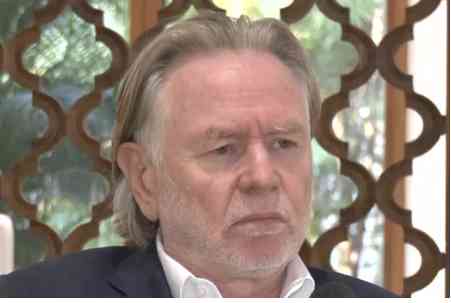Quote by Dharmakirti Joshi, Chief Economist, Crisil Ltd, on GDP Data
Raising our fiscal 2026 GDP forecast to 7

India’s real GDP growth at 8.2% in second quarter exceeded expectations, but the nominal print was modest at 8.7%.
The difference between real and nominal is the smallest since the third quarter of fiscal 2020.
Private consumption was the main driver of higher real growth. From the supply side, manufacturing and services saw a significant rise.
There was a prop from statistical low-base effect as well, as the economy grew at a below-average 5.6% in the same quarter last fiscal.
A low deflator also lent some buoy. Inflation based on both the Consumer Price Index and the Wholesale Price Index were lower in the second quarter compared with the first. Lower food inflation stoked discretionary spending.
The third quarter is expected to continue benefiting from some of these tailwinds. While government investment will likely stabilise, there are hints of a belated uptick in private investments.
Moreover, the rationalisation of—and reduction in—the goods and services tax (GST) rates is bolstering private consumption, complementing reduced income tax and interest rates cuts (the latter induced by the repo rate cuts made by the Monetary Policy Committee of the Reserve Bank of India this year).
Consequently, we have raised our forecast of India’s GDP growth for this fiscal to 7%, up from 6.5%. This follows a first-half growth of 8% and an expected slowdown to 6.1% in the second half owing to the impact of higher US tariffs and normalisation of government capital expenditure.
While the increase in real GDP is encouraging, the slower nominal growth resulting from a significant decline in inflation could have adverse implications.
For instance, it complicates the achievement of tax targets, which are based on a nominal growth assumption of 10.1% for the current fiscal year.
Tax collection growth at 4% from April to October is currently short of the fiscal year target of 11%. Additionally, slow nominal growth is typically linked to lower corporate earnings and sluggish credit growth.
That said, the GDP series is getting revised to a new base of 2022-23 from 2011-12.
This will capture the economy better but can lead to deviation from current estimates.


 City Air News
City Air News 











